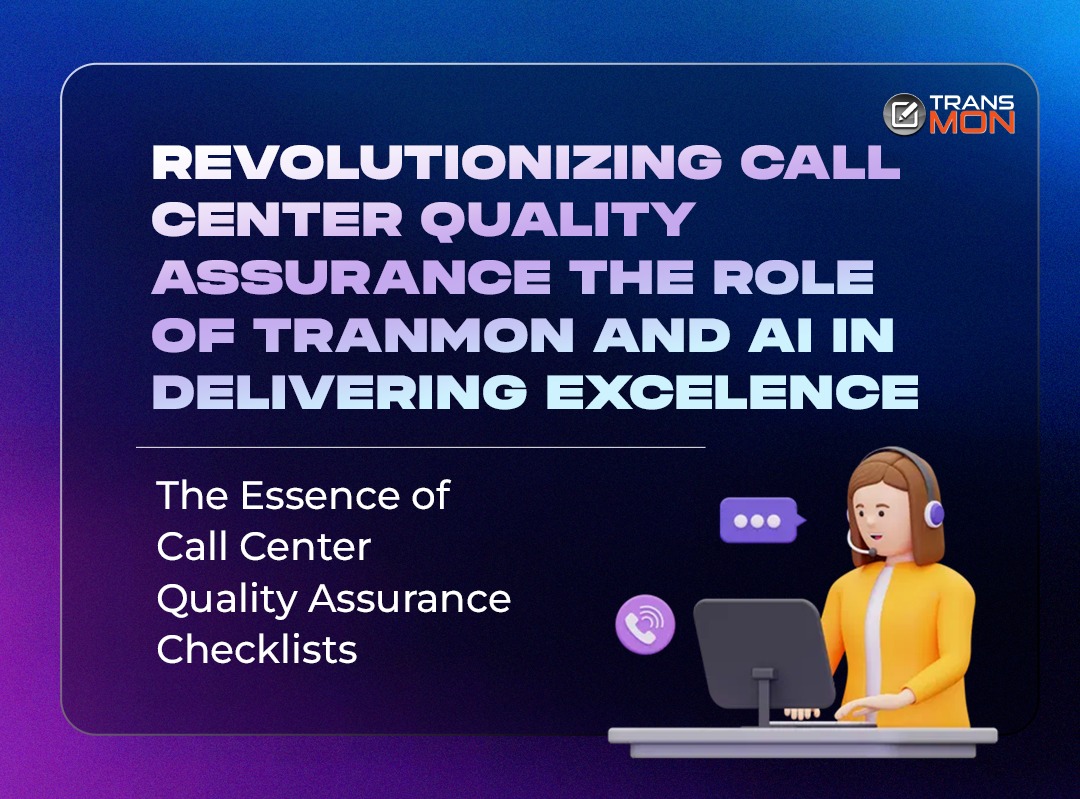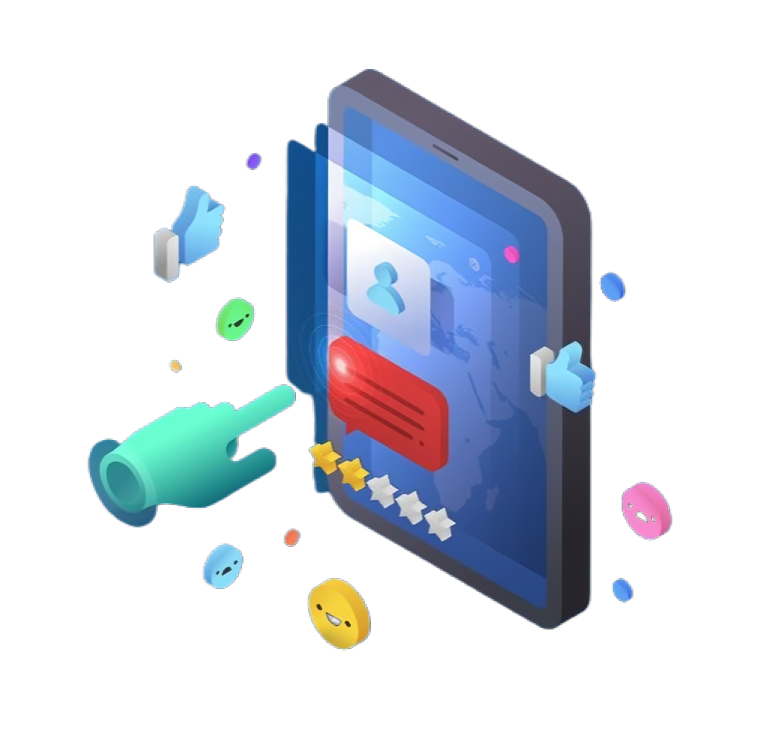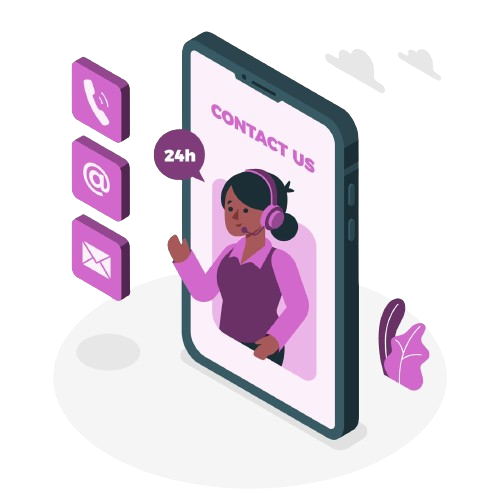The call center quality assurance checklist serves as a compendium of standards and best practices utilized for assessing agent performance. It encompasses various elements, including a standardized greeting, adherence to response times, caller verification procedures, and other essential actions. Additionally, it encompasses pre-call and post-call tasks such as note-taking and updating system information. Utilizing call center quality assurance templates aids in maintaining alignment between analysts and managers concerning performance expectations and service quality. Crafting feasible call center quality monitoring guidelines with a focus on customer objectives can significantly enhance customer satisfaction and mitigate negative feedback.


Call center quality assurance checklists facilitate clear communication of call flow expectations and desired outcomes among staff. They also furnish analysts with a structured roadmap to attain these objectives. Moreover, it is imperative to craft call center checklists with a customer-centric approach, particularly for healthcare-related calls. Additionally, integrating first-call resolution objectives into quality assurance guidelines can significantly enhance customer satisfaction and reduce the likelihood of multiple calls regarding the same issue.
Utilizing data gathered by TransMon, call center managers have the opportunity to develop an ideal call template. This template subsequently serves as a comprehensive checklist for analysts to adhere to, leading to enhanced outcomes and increased customer satisfaction. Leveraging machine learning capabilities, TransMon identifies call topics and assesses conversations based on customizable criteria. Furthermore, call monitoring facilitated by TransMon ensures consistently high-quality customer service. Recognizing the pivotal role of excellent customer service in fostering retention and loyalty, it becomes imperative to employ tools like TransMon to gauge success accurately. Failure to measure customer service effectiveness could potentially lead to customer attrition and loss to competitors.


This is the While call center services vary across industries, there exists a set of universal metrics that serve as reliable indicators of quality assurance regardless of the sector. These metrics offer a standardized means to assess call center performance and gauge customer satisfaction at a glance. Among the most prevalent metrics utilized as industry benchmarks for call center quality assurance are:
Utilizing checklists and industry standards as call center quality assurance tools facilitates effective evaluation of efficiency and return on investment (ROI). While each call center operates uniquely, having an industry benchmark for comparison proves invaluable in assessing performance.
Metrics for Ensuring Quality Assurance in Call Centers:
Calculating call center metrics can pose a challenge. Given that much of the dialogue between call agents and customers is subjective, relying solely on agent notes to gauge customer conversation, intent, satisfaction, and outcomes can lead to an incomplete understanding of interactions. This approach, if scaled, can result in a lack of organizational insight into the overall customer experience, which is pivotal for providing customer-centric care.
TransMon eliminates the uncertainty surrounding call center metrics, analytics, and reporting by leveraging machine learning to evaluate conversations between customers and agents in real-time. These insights enable informed actions that can significantly impact customer retention, satisfaction, and overall revenue. Through Speech Analytics, TransMon analyzes transcripts and audio recordings to categorize conversations and identify key topics.

Call center quality assurance metrics, such as customer sentiment, satisfaction, or Net Promoter Score (NPS), are crucial for evaluating service quality. TransMon employs AI to accurately assess customer sentiment and satisfaction by automatically scoring conversations. This streamlined approach reduces other call center metrics like Average Handling Time (AHT) and after-call work, as agents spend less time documenting call details. Identifying quality assurance metrics is integral to crafting an effective quality assurance checklist. Leveraging tools like TransMon instills confidence and streamlines processes, resulting in improved outcomes.




